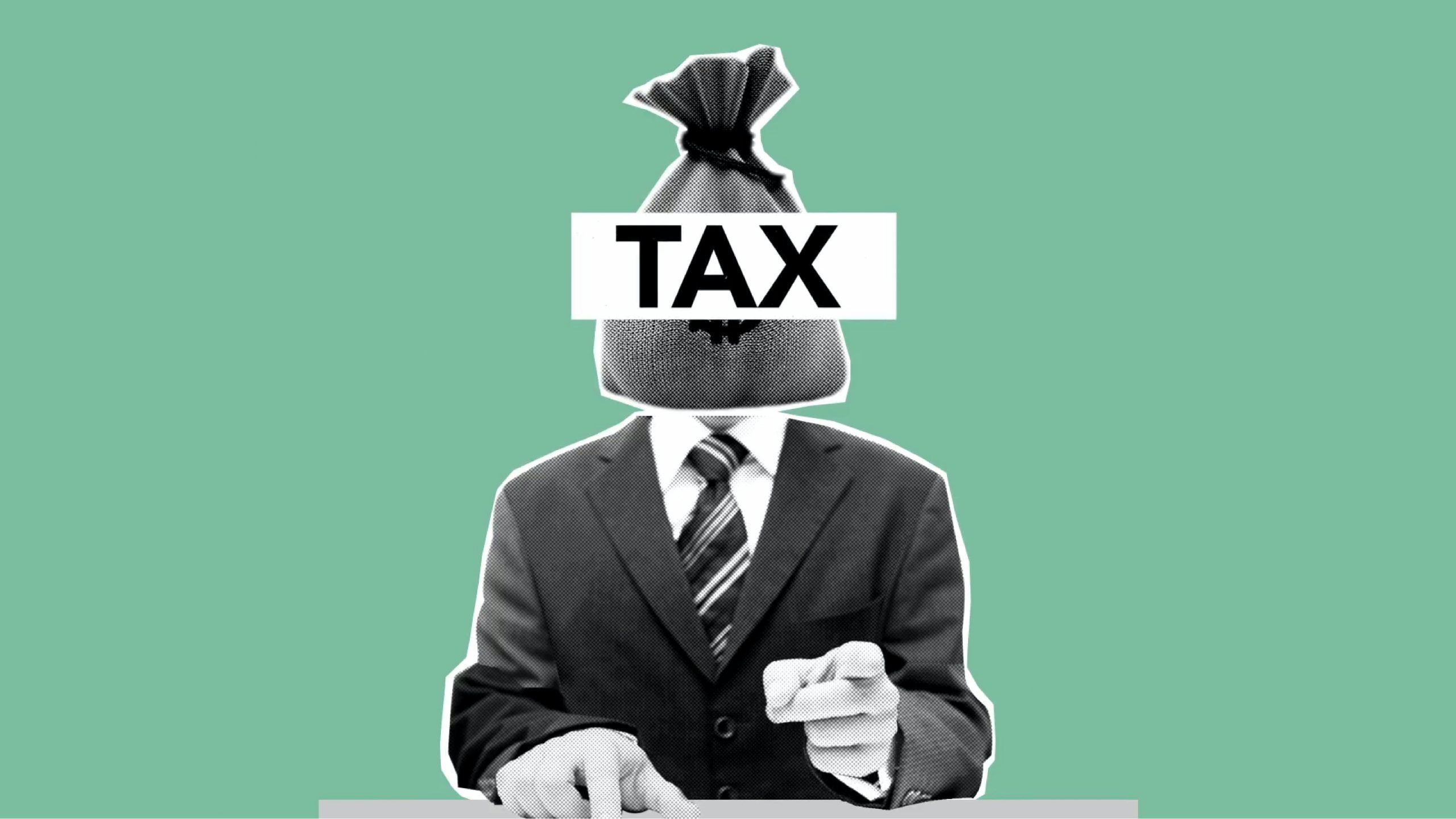Currently, if you’re buying a home in England or Northern Ireland costing more than £125,000, you’ll have to pay Stamp Duty Land Tax (SDLT) on your purchase.
What is Stamp Duty?
In England and Northern Ireland, you must pay Stamp Duty Land Tax (SDLT) if you buy a residential property or land costing more than £125,000 – or more than £40,000 for second homes.
This existing tax applies to both freehold and leasehold homes – whether you’re buying outright or with a mortgage.
If you’re purchasing a property in Scotland you will pay Land and Buildings Transaction Tax and in Wales Land Transaction Tax instead of Stamp Duty.
But there are different rules if you’re buying your first home. In other certain circumstances you’re entitled to a relief too, which could mean you pay less or no tax.
There are several Stamp Duty rates generally based on the price paid for the property and whether it’s residential or non-residential. You can use HM Revenue and Customs’ (HMRC) Stamp Duty Land Tax calculator to work out how much tax you’ll pay.
When and How is Stamp Duty Paid?
Stamp Duty is typically dealt with by your solicitor, agent or conveyancer who will file your return and pay the tax on your behalf on the day of completion. They’ll also claim any relief you may be eligible for, such as if you’re a first-time buyer.
A SDLT return must be sent to HMRC with the tax paid within 14 days of completion.
Could this change?
During his leadership campaign, recently appointed Prime Minister Boris Johnson was especially outspoken regarding his suggested tax reforms. Tax reform is, of course, a favourite subject for politicians, but Johnson has continued to repeat his intention to take radical measures in UK tax policy in his brief tenure.
Given the scale of financial problems the UK is currently facing, it’s expected that a wide-range of tax reforms, aimed at restoring trust in the British economy, will be considered – including stamp duty. In fact, Johnson’s planned changes for stamp duty are the most substantial of his proposed reforms.
While the final stage of the Brexit negotiations will dominate the next few months, the national agenda of the prime minister will play a defining role in shaping future financial stability.
Despite generating up to £1 billion a month, stamp duty is a controversial tax because it makes property deals for the buyer increasingly expensive. In fact HM Revenues & Customs (HMRC) have shown the tax take from the stamp duty system falling, marking a slowdown in transactions particularly in London and the South. Opponents to this system argue that it’s suffocating the top end of the market, stopping landlords from investing and dissuading the elderly from downsizing. On the contrary, the relief system has encouraged first-time buyers since 2017 when the government effectively abolished stamp duty for the majority.
In an attempt to counter this, Johnson has suggested to switch stamp obligation from the home buyer to the seller. This may lower a buyer’s immediate upfront expense, encouraging more people to move. The new prime minister has also proposed abandoning stamp duty entirely on properties worth £500,000 or less.
While no plan has been outlined as of yet, any move to reduce stamp duty will likely be welcomed in the property market. In fact, many deem stamp duty as being one of the biggest barriers to buying property for many in the UK.
Ultimately, everyone with a stake in the UK housing industry wants to make the market more accessible, and the suggested alterations to stamp duty could have the desired effect. Only time will tell.


